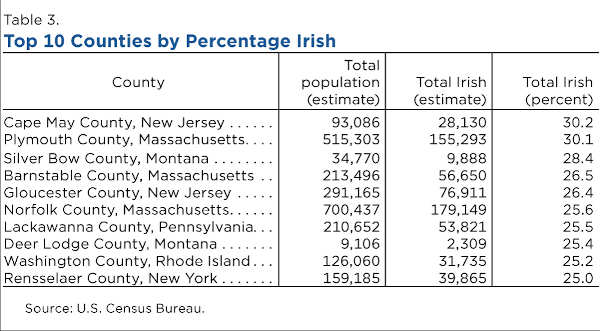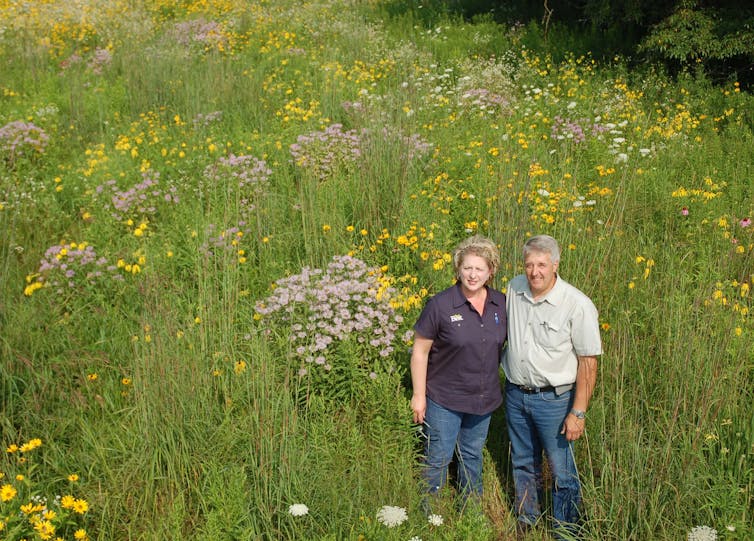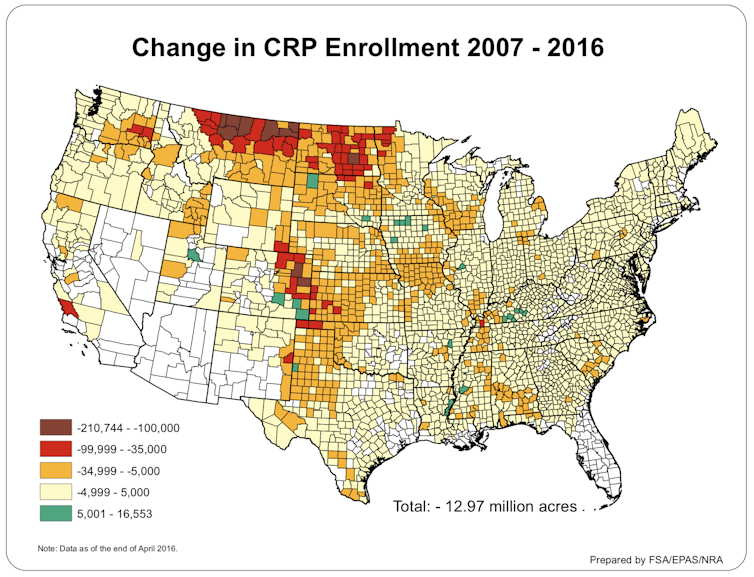- Elizabeth Larson
Clearlake City Council to hold public hearing on self-storage facilities, consider new employment agreements with city manager, police chief
The council will meet in closed session at 5:30 p.m. to hold a performance evaluation of the city manager and discuss existing litigation against the county and the treasurer-tax collector over tax-defaulted property sales before the public portion of the meeting begins at 6 p.m. Thursday, March 18.
Because of the county’s shelter in place order, Clearlake City Hall remains closed to the public, however, the virtual meeting will be broadcast live on the city's YouTube channel or the Lake County PEGTV YouTube Channel. Community members also can participate via Zoom.
The agenda can be found here.
Comments and questions can be submitted in writing for City Council consideration by sending them to Administrative Services Director/City Clerk Melissa Swanson at
To give the council adequate time to review your questions and comments, please submit your written comments prior to 4 p.m. on Thursday, March 18.
Each public comment emailed to the city clerk will be read aloud by the mayor or a member of staff for up to three minutes or will be displayed on a screen. Public comment emails and town hall public comment submissions that are received after the beginning of the meeting will not be included in the record.
The council on Thursday will get a presentation on March’s adoptable dogs and hear an update on the Hope Center, which serves the community’s homeless population.
A public hearing will take place at the meeting to consider amending Chapter 18-18, Section 18-18.040 (Use Regulations), Table 6 of the Clearlake Municipal Code to allow “self-storage” facilities in the “RR” Rural Residential and “MUX” Mixed Use Zoning Designations upon securing a conditional use permit. The second reading and adoption is set for April 1.
Under council business, council members will continue the second extension of Emergency Ordinance No. 241-2020 establishing a moratorium on industrial hemp cultivation in the city.
The council also will consider employment services agreements with City Manager Alan Flora and Police Chief Andrew White.
Flora has served as city manager since March 14, 2019, having previously served as assistant city manager and finance director under then-City Manager Greg Folsom.
“Under Mr. Flora’s leadership and following the policy direction of the City Council, the City has seen many improvements in the community over the past two years,” said City Attorney Ryan Jones in his report to the council.
Jones said the council will consider rescinding Flora’s current city manager contract and approving the new employment services agreement.
The new agreement is for five years, with Flora to receive a 7.5-percent increase upon the council’s approval. Jones said that will bring his monthly salary to $13,785.63. That totals $165,427.56 annually.
“Contingent upon a favorable evaluation from the City Council and the Local Economic Benchmark exceeding audited revenues from fiscal year 19-20, Mr. Flora would receive a 3% raise on July 1 of each year thereafter,” Jones wrote.
Similarly, Flora is asking the council to approve a new agreement with White, who has been chief since July 2018.
“Under Chief White’s leadership and following the policy direction of the City Council, the City has seen many improvements to technology, professionalism, impacts to crime rates and overall community support of the department,” Flora wrote.
He said White’s current contract is set to expire in July and accordingly, and Flora has negotiated a new longer-term contract in order to retain the chief.
The new agreement will be for a five-year term, and upon council approval Flora said White will receive a 7.5-percent increase, bringing his monthly salary to $12,647.37. That totals $151,768.44 annually.
“Contingent upon a favorable evaluation from the City Manager and the Local Economic Benchmark exceeding audited revenues from fiscal year 19-20, Chief White would receive a 3% raise on July 1 of each year thereafter,” Flora wrote.
Staff on Thursday also will ask the council to update salary range positions for the positions of police trainee and finance director, and consider authorizing an agreement with Lexipol LLC for local government administration policy manual and daily training bulletins.
On the meeting's consent agenda – items that are not considered controversial and are usually adopted on a single vote – are warrants; adoption of the 10th amendment to the FY 2020-21 Budget (Resolution 2020-27) Appropriating Cannabis Equity Grant Funding; minutes of the Feb. 4, Feb. 18 and March 4 meetings; minutes of the Feb. 10 Lake County Vector Control District Board Meeting; award of contract for the Traffic Signal Relocation Project to DC Electric Group Inc.; and adoption of the 11th amendment to the FY 2020-21 Budget (Resolution 2020-27) appropriating funding for Traffic Signal Work and the Airport Road Project; Resolution No. 2021-17.
Email Elizabeth Larson at

 How to resolve AdBlock issue?
How to resolve AdBlock issue? 











